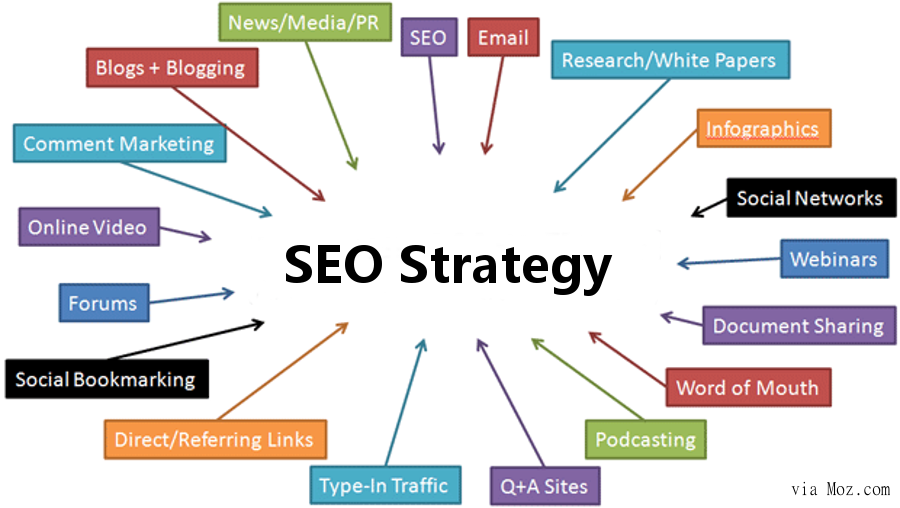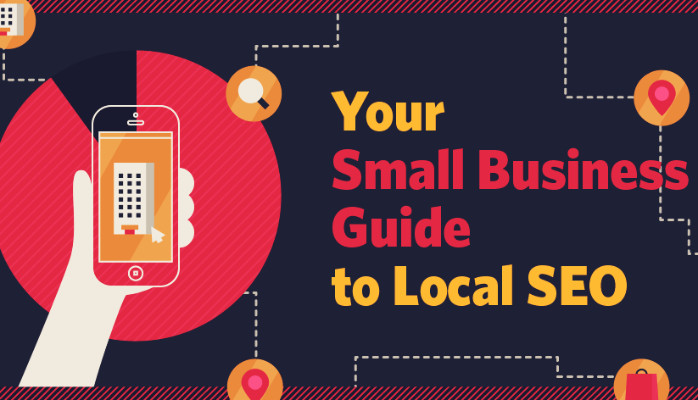The foundation of any good SEO strategy starts with keyword research. You need to understand the search terms your target audience uses to find products or services like yours.
Tools like SEMrush, Ahrefs, or Google Keyword Planner can help you identify the right keywords based on search volume, competition, and user intent.
- Short-Tail Keywords: Generic terms like “coffee mugs” have high search volume but intense competition.
- Long-Tail Keywords: More specific phrases like “best ceramic coffee mugs for office” are easier to rank for and often have higher conversion rates.
Pro Tip: Focus on a mix of short-tail and long-tail keywords to cover different stages of the buyer’s journey.
2. On-Page SEO: Optimizing Your Website Content
On-page SEO involves optimizing individual pages on your site to improve rankings and drive relevant traffic. Here’s how you can do that:
- Title Tags: Create concise, keyword-rich titles that accurately describe the page content.
- Meta Descriptions: Write compelling meta descriptions to improve click-through rates (CTR). Ensure they include relevant keywords.
- Header Tags (H1, H2, H3): Use headers to organize content and make it easier for search engines to understand the structure of your page.
- Content Optimization: Include targeted keywords naturally within your content. Don’t overstuff; instead, focus on semantic SEO by incorporating related phrases that align with your topic.
- Alt Text for Images: Use descriptive alt text for all images to improve image SEO and accessibility.
Pro Tip: Use internal links to guide visitors to other relevant content on your site and improve overall site structure.
3. Technical SEO: Enhancing Site Performance
Technical SEO ensures that your website is easy for search engines to crawl and index. It’s also vital for improving user experience, which Google increasingly rewards with better rankings.
- Mobile-Friendliness: Since mobile-first indexing is the standard, ensure your website is responsive and performs well on mobile devices.
- Site Speed: Slow-loading sites harm your rankings. Compress images, leverage browser caching, and use a content delivery network (CDN) to speed up your site.
- SSL Certificate: Secure websites (HTTPS) rank higher than non-secure ones, so make sure your site has an SSL certificate.
- Sitemap and Robots.txt: Submit a sitemap to Google and ensure your robots.txt file is properly configured to guide search engine crawlers.
Pro Tip: Use tools like Google Search Console and PageSpeed Insights to monitor and improve your website’s technical performance.
4. Content Marketing: Driving Traffic Through Valuable Content
In 2024, content remains a core part of any successful SEO strategy. Create high-quality, valuable content that addresses the needs and pain points of your audience.
- Blogging: Maintain a blog that answers customer questions, educates your audience, and incorporates relevant keywords.
- Product Descriptions: Write unique, informative product descriptions that include keywords, but also focus on solving customer problems.
- User-Generated Content (UGC): Encourage reviews, testimonials, and user-generated content, as these provide fresh, authentic content for search engines to index.
Pro Tip: Use a content calendar to regularly post fresh content, which helps with SEO and keeps your audience engaged.
5. Local SEO: Attracting Nearby Customers
If your online business has a physical location or serves a specific geographic area, Local SEO can drive local traffic to your site. Even if you don’t have a storefront, local SEO is important for businesses that offer region-specific services.
- Google My Business: Ensure you have an up-to-date Google My Business profile.
- Local Keywords: Include keywords that reflect your local area, like “plumbing services in New York.”
- NAP Information: Make sure your Name, Address, and Phone Number (NAP) are consistent across your website and online listings.
Pro Tip: Encourage customers to leave reviews on Google and other review platforms to boost your local SEO efforts.
6. Link Building: Building Authority and Trust
Backlinks (links from other websites to yours) are one of the most important ranking factors in SEO. They act as “votes of confidence” for your website.
- Guest Posting: Contribute guest posts to reputable websites in your industry to gain backlinks.
- Influencer Outreach: Partner with influencers or bloggers to get mentions and links.
- Broken Link Building: Find broken links on high-authority sites in your niche and offer your site as a replacement.
Pro Tip: Focus on building high-quality, relevant backlinks from credible sources, as low-quality or spammy links can hurt your rankings.
7. User Experience (UX): Enhancing Your Site for Visitors
User experience is a significant SEO factor, especially with Google’s Core Web Vitals. These metrics measure how users interact with your website in terms of speed, responsiveness, and visual stability.
- Page Speed: Ensure your site loads quickly and performs well, especially on mobile devices.
- Navigation: Make sure your site is easy to navigate. A clear and intuitive structure improves the user experience and keeps visitors on your site longer.
- Bounce Rate: Lower your bounce rate by creating engaging, informative content that matches user intent.
Pro Tip: Use tools like Hotjar or Google Analytics to monitor user behavior and improve your site’s UX.
Conclusion
SEO optimization is essential for online businesses that want to drive traffic, increase visibility, and improve conversions.
By implementing these strategies—keyword research, on-page and technical SEO, content marketing, local SEO, and link building—you can stay ahead of the competition and ensure long-term growth for your business.
Start optimizing your site today, and you’ll see a boost in rankings, traffic, and sales over time.




